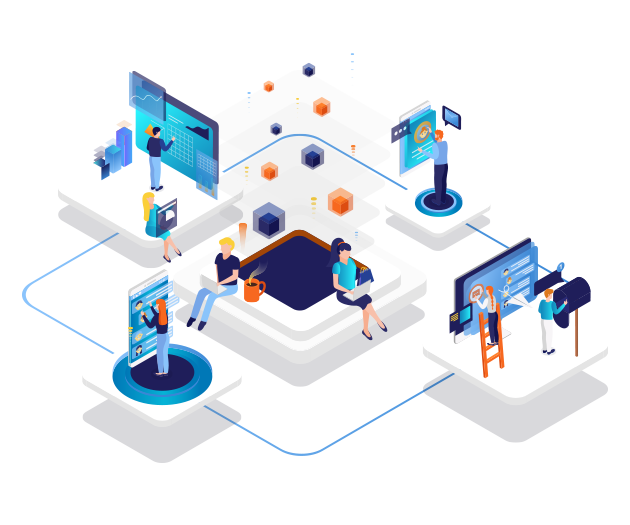Cloud Migration Service
Our legacy modernization service means you don’t need to fight with the daily challenges of outdated legacy systems. Tappware will seamlessly replace or rebuild legacy systems to enable your business to continue without disruption.
What is Legacy Software?
A legacy application is an information system that may be based on outdated technology but is critical to day-to-day operations. The legacy system probably was helpful in the past, but today it drags down user experience, lacks support, or can no longer be maintained. You are no longer benefiting from legacy systems or seeing enough ROI by this point. A true legacy system has lost utility for your business and now making an investment in new technology delivers a bigger return than keeping the existing system.
Legacy Modernization Challenges
The primary reason is there are a lot of challenges that legacy modernization projects face. This article covers them and indicates the solutions to tackle each of them.
Knowledge Deficit
This is the primary challenge in legacy application modernization because:
• Developers no longer exist in the organization or are no longer in touch with the application
• Functional and technical documentation are missing, irrelevant, or not up-to-date,
• Source code is highly-patched
• Sources of third-party applications/libraries used, are not available.
Heavy Legacy Ecosystem
Every enterprise running their IT for more than two decades, there is a plethora of applications that exist in legacy technologies even today. In such cases, when management decides to modernize the entire legacy footprint, it impacts the business heavily. When we attempt to take even a single application for modernization, the upstream and downstream applications still would be in legacy technologies, with a lot of legacy protocols, file-formats etc. It is highly risky to take them to the modern platform in one go.
Tappware follows a chunking approach in such cases. We need to take critical ones first and then handle the rest. We may also need to prepare certain tools and design the application to support the legacy ways, such that during the interim, there is no impact on the existing business flow.
Quality Assurance
Another challenge is quality assurance, as the legacy application would have been successfully running well, and the modernized application has to be tested in order to confirm that they are functionally equivalent.
As with every IT project, Tappware ensures all possible test scenarios and test cases are well-defined and well-ahead of the testing phase. The user acceptance test has to be planned well, and having as many business users as possible could help in ensuring soundness and completeness of the modern application.
Achieving Performance
Pure legacy systems such as mainframes are highly performant, especially with respect to batch processing. Achieving the same benchmark becomes a difficult task.
In these cases, the legacy applications should be analyzed to replace existing parts of code with relevant COTS products or frameworks. In most mainframe applications the interface between applications or programs, is generally via an intermediate file. These could be re-designed to pass the data directly avoiding any file I/O. Another key factor is to arrive at the optimal hardware sizing.
Data Migration
Most legacy ecosystem would have had a life longer until modernization. Hence, they would have a lot of data by means of business transactions. Almost in all cases, these run into gigabytes of data, if not petabytes or terabytes, and typically organized across databases and files of various formats (text & binary) etc. In addition to this, the legacy systems could be using EBCDIC or other encoding, whereas most of modern systems operate on ASCII or ASCII-based encodings. This adds another dimension of difficulty in data migration, when not planned well.
Impact on BAU (Business as Usual)
During production cut-over, there is usually a longer downtime due to high complexity. When starting the modernization, there could be continuous changes on the legacy source code for bug fixes or enhancements. Also, the UX of the application would have considerably changed, leading to initial reduced productivity of business users.
Benefits of Legacy Software Modernization
As modern consumers are becoming more tech-savvy and informed, it is important for businesses to deliver seamless and technology-driven customer experiences to stay competitive.
1. Maintaining Legacy Software is Complex and Costly
2. Leverage Modern Technology to Boost Performance
3. Overcome Potential Security Threats with Legacy Application Modernization
4. Legacy Systems Impede Business Growth and Scalability
5. Improve Application Usability by Modernizing Legacy Software
6. Using Legacy Systems Impairs Mobility
7. Modernization Helps Deliver Improved User Experiences
8. Easy Compliance with Legacy Application Modernization
9. Older Systems Have Higher Failure Rates
10.Gain Competitive Edge with Legacy Modernization




